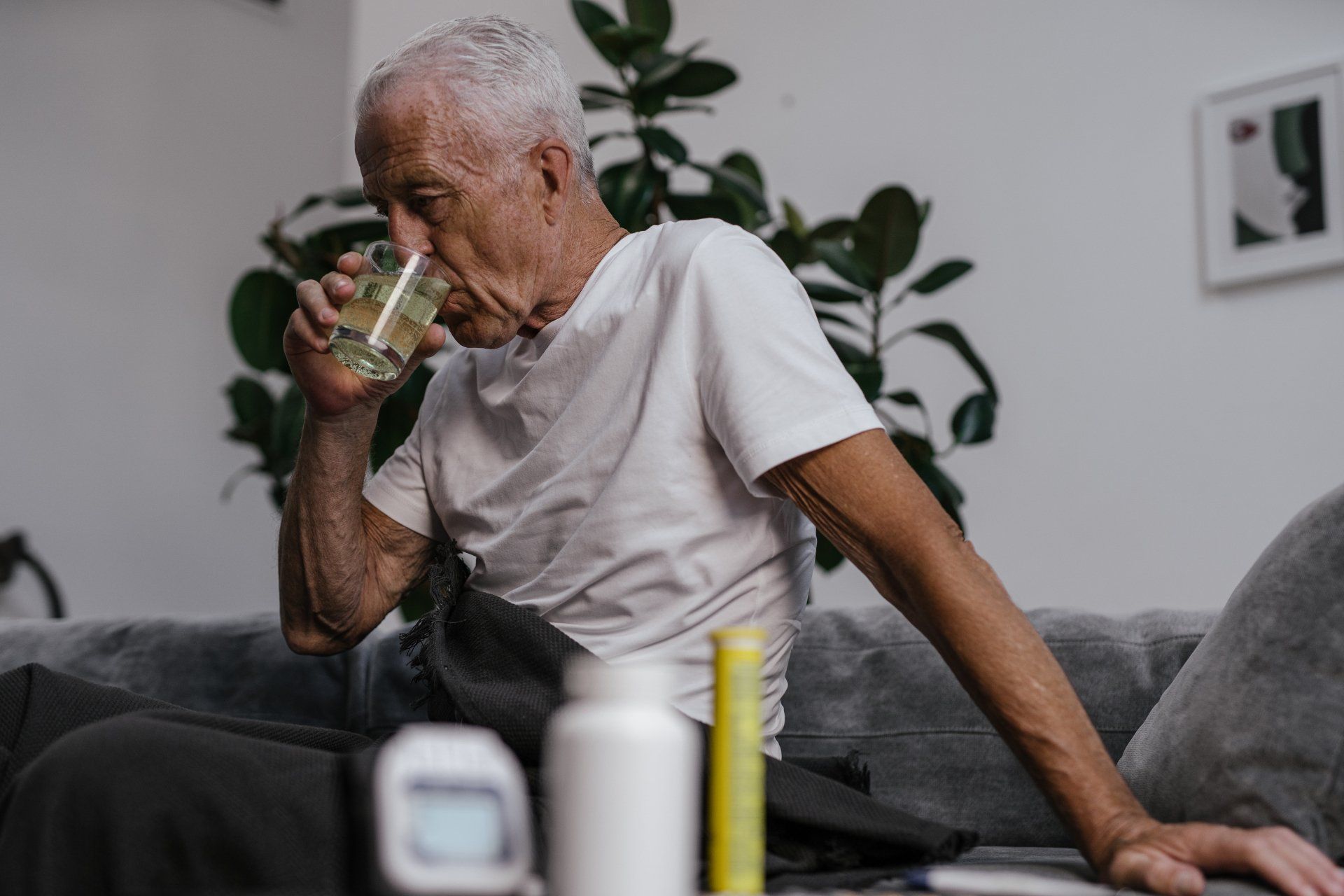Many people experiencing the difficulty of a chronic wound get overwhelmed by the various treatments and products that are currently available. Probably the most controversial among them is hyperbaric oxygen therapy (HBOT). Most people associate this therapy with scuba divers who get decompression sickness or “the “Benz”, which is certainly one of its most important uses. Hyperbaric therapy can be traced back to its rudimentary beginnings in 17th century England. It has been continuously updated and improved over the centuries to what we now think of as modern HBOT. Over its many years, HBOT has been found to be beneficial for many conditions besides decompression sickness, such as carbon monoxide poisoning and bubbles in the blood called air embolisms. Scientists have studied its use in many more diseases and conditions including chronic wounds.
First, let’s talk about how HBOT works without getting too technical.
Hyperbaric chambers are air-tight containers that are designed to have the air pressure in them increased to greater levels than we experience naturally in the atmosphere. This is done by pumping oxygen or air into the chamber where the patient is confined. More pressure means more oxygen is essentially being forced into the body. This leads to the red blood cells becoming completely saturated with oxygen and they deliver this to all areas of the body. Tissues that have been damaged need a lot of oxygen to heal and fight off infection. So, you can see how loading the body with oxygen under pressure could be very helpful, especially to areas of the body that do not get enough blood flow due to other problems, like heart disease, peripheral vascular disease, and diabetes.
Is there any downside to HBOT?
As with any medical treatment, there are risks associated. For HBOT, the most often reported adverse effects have been collapsed lung (pneumothorax), perforated ear drum, changes in vision, and seizures. Most of the effects resolve after the treatment, but obviously a collapsed lung and seizures can be life-threatening. Ear drum perforation happens so commonly that some centers routinely put in tubes prophylactically before treatments start. Aside from the risks above, many people cannot tolerate HBOT due to the claustrophobic design of the chambers as long, narrow tubes.
Does it really help wounds heal?
According to many scientific papers over the past thirty years, it seems to help certain types of wounds more than others. A review of the research in 2003 suggested HBOT may be helpful in non-healing wounds associated with radiation injury, severe infections like gangrene, and diabetic wounds. However, those studies were very poorly designed. An updated review was published earlier this year and did not find any benefits in HBOT for diabetic foot ulcers in terms of accelerated wound healing or prevention of amputation. In fact, using HBOT with good cleaning and dressing of wounds did not close wounds faster and just made treatments more expensive.
There are so many treatments offered for the treatment of chronic wounds, but the fact remains that consistent wound cleaning and dressing changes by an attentive, knowledgeable wound care team has always been the cornerstone of effective healing.













